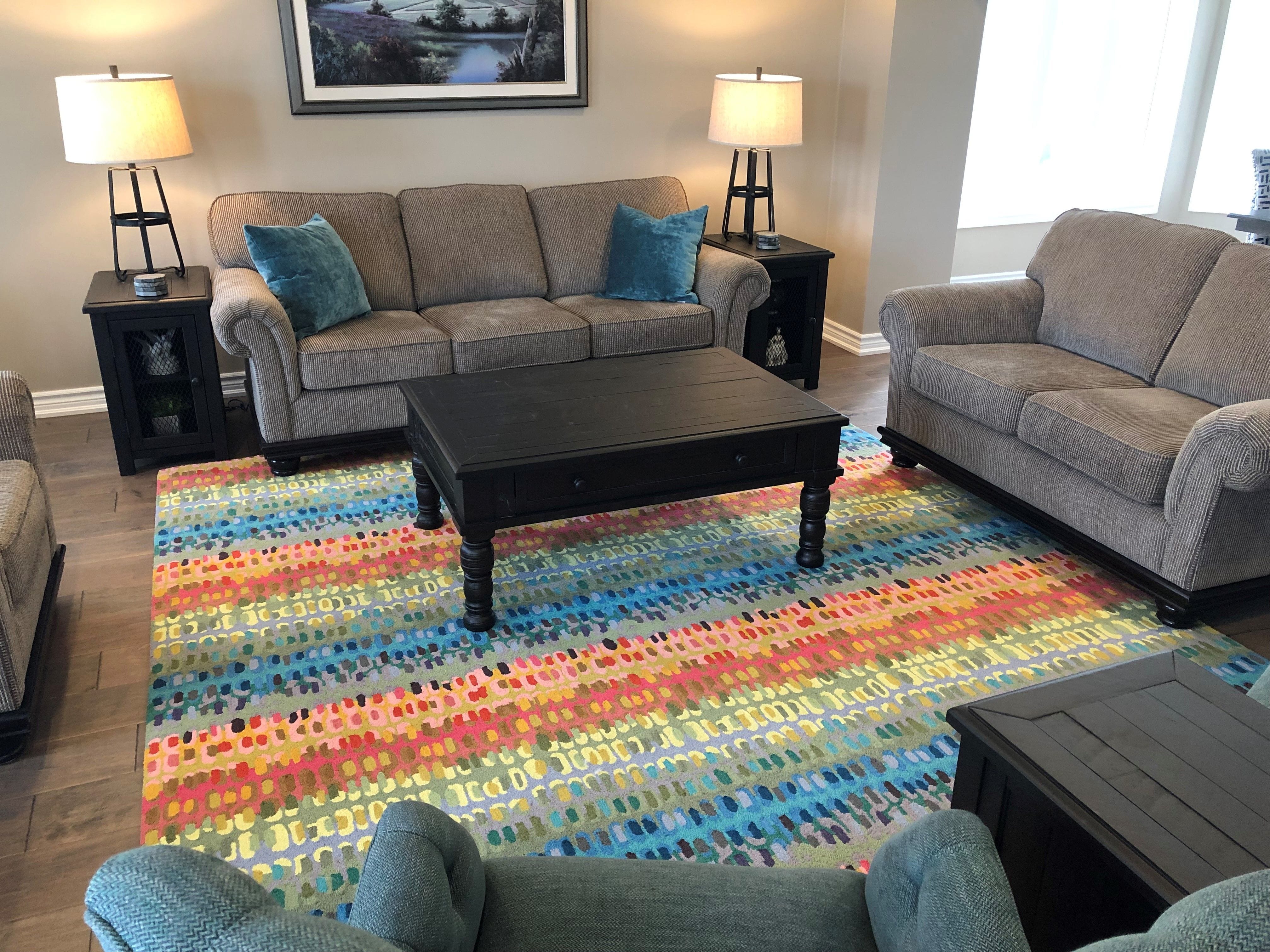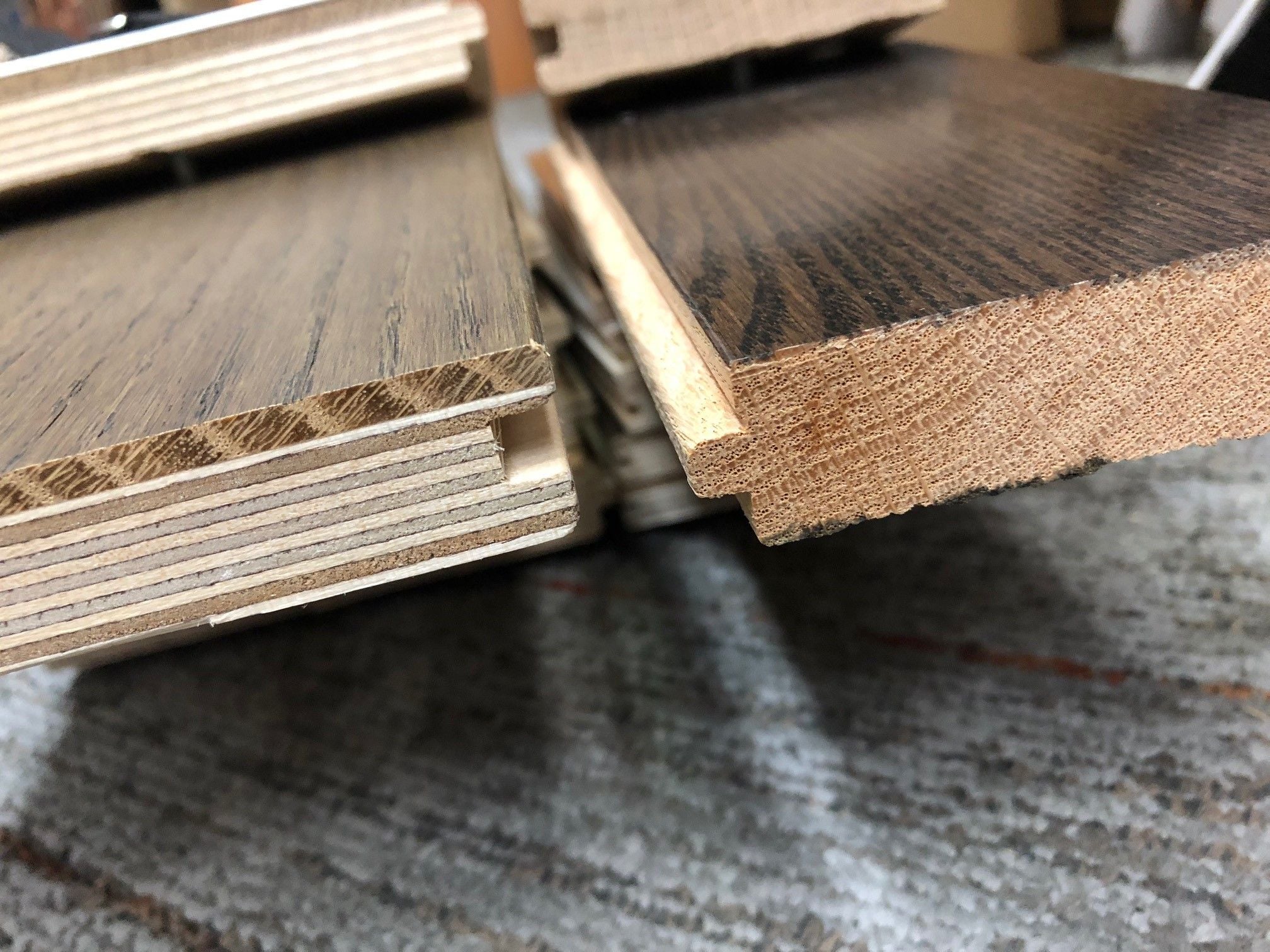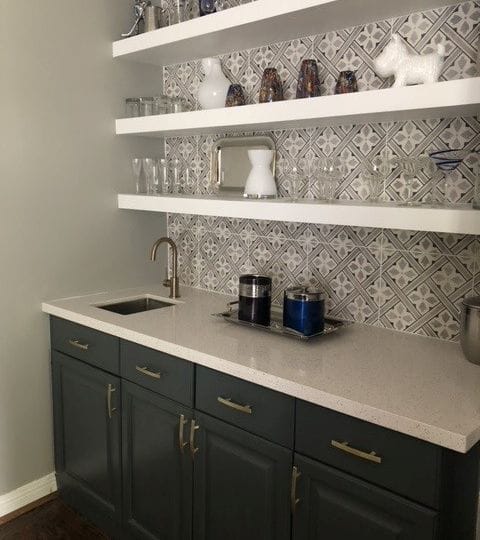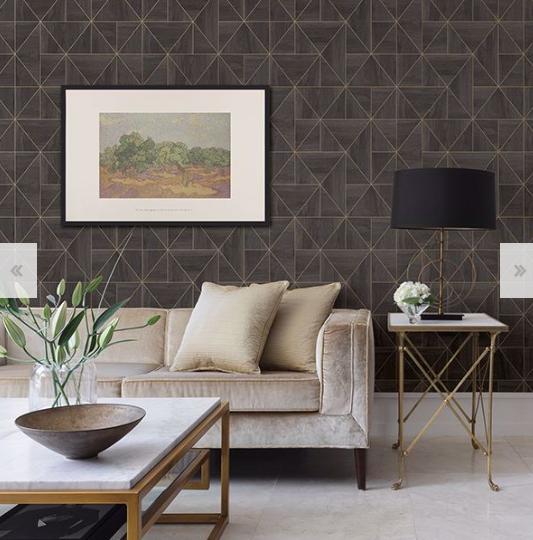
Custom Area Rugs
Posted
on 4 February 2023
)
Custom Area Rugs – A great fit for every home!
As a third-generation flooring expert, I have experienced just about every scenario the flooring industry has to offer. One of the most common challenges our clients face is finding an area rug that fits their particular room. The standard size area rugs, such as 5 x 7 or 8 x 10, just doesn't work for their oversized great room, long and narrow townhome, or that unusual curved room or staircase.
One of the best and most spectacular solutions I present to our clients is to make a stunning custom area rug. Custom rugs can be made to absolutely any size, as they use broadloom, so they can be as wide or long as you need.
Think the choice of carpet is limited? Think again. Long gone are the days where carpet was only available in either a solid cut pile or a single loop berber. Today's carpet has some remarkable colours, textures, styles and patterns to suit any décor. Finish it off with your choice of edging, and you create a totally unique look just for your home!
Pattern: Geometrics continue to shine for area carpets including Moroccan patterns, diamond and circles. Traditional homes can look to the wide selection of damask or faded florals for a timeless look.
Texture: Combining multiple textures is on-trend. Using loop and cut piles along with luminous accents creates a three-dimensional look and feel.
Colour: Combining greys, taupe and creams for a subdued feel is a great accent to any room. If you are looking for more “pop”, combining neutrals with pastels or jewel tones is a great option.
Edging Options: The most popular choice for edging is serging. It creates a stitched edge look like a traditional area rug. Binding is another popular option. It uses a coloured polyester quarter inch wrap around the edge. This is a great choice for shag rugs where the edging is usually hidden or if you are doing a simple rug and want the most economical option.
Carpet pad: Last, but not least, don’t forget your carpet pad if you want to protect your investment, prevent the rug from slipping and create a soft, luxurious feel under foot. These can also be made to your custom size so you don’t have to worry about fit.



Ready for a Change
Posted
on 6 January 2023
)
Coming out of the holiday season always prompts us to make a change – whether it’s our health, our usual routine or a change in environment. Often, we want to make changes but aren’t sure where to begin as it can be confusing and stressful.
Let’s “change” that!
When wanting to change our interiors, knowing where to begin can be the hardest part of the process.
Setting yourself up for success doesn’t have to be difficult.
Start by doing a little recon work: pour yourself your favorite beverage and head online to source some ideas to determine your design language.
Transitional
Traditional
Modern
Eclectic
Contemporary
Minimalist
Mid-century modern
Bohemian
Modern Farmhouse
Country French
Industrial
Rustic
Now look at the images you like and determine what is it about those pictures that appeal to you.
Is it that cozy furniture or colour scheme, the classic lines of the flooring or how its styled and accessorized. Your style will emerge based on your choices.
So now that you’ve figured out your style what’s next?
Start with the major items that need to be changed to fit into your home renovation/re-decoration project. Are you considering changing your flooring? Flooring is a great place to start as it is the foundation of your project. Are you keeping existing furniture and integrating new pieces or do you have an opportunity to start fresh? Maybe just a coat of paint and a fresh new area rug is all you need.
Personal touches bring your room to life.
Whether you’ve curated items from your travels or just want to start fresh, accessories and artwork are personal and will finish your room with style and character.
Remember not to over source a single item but add a variety of treasures. Less is more and your accessories will evolve with time and can change with ease when your base or bones of your room remain classic and timeless.
The most important thing to remember when making a change is that it is personal.
What is right for your neighbor or family member may not be for you.
A great design or room is a reflection of the people living there.
Be original, be brave and create a space that speaks to your heart.
Choosing the Right Hardwood for Your Home - Pros and Cons of Solid vs. Engineered
Posted
on 1 December 2022
)
Hardwood - solid or engineered?
Hardwood is an easy way to improve the look, durability and value of your home. One of the most common questions I get asked is “what are the differences between solid hardwood and engineered hardwood - and what should I put in my home?”
Solid Hardwood
Solid wood is usually milled from a single 3/4" thick piece of hardwood. Solid wood flooring expands and contracts with changes in your home's relative humidity. In Southern Ontario, this means gaps in the winter from our furnaces drying or homes and cupping in the summer due to high humidity.
Engineered Hardwood
Engineered Hardwood Flooring is made for high performance and lasting durability. It includes a top layer of your favourite wood species – so yes, it is real hardwood - followed by either multiple layers of wood stacked in a cross-grain configuration or from wood fibers bonded into a high-density fiber board. Engineered hardwood is designed to hold up to the challenges of climate fluctuation and sub-floor moisture much better than traditional solid hardwood. Because of this, engineered hardwood can be installed above, on, or below grade making it a great choice for multiple areas of the home including basements.
Before deciding on Solid or Engineered hardwood flooring, consider these factors:
Size Matters
Looking for those extra-long (Over 5 feet) or extra-wide planks (over 4 ¼”) for your home? Engineered hardwood is the only way to go in our climate as it makes the wood more stable – minimizing seasonal gapping and cupping of your new floors.
Location, Location, Location
Traditional solid hardwood flooring is not well suited for below-grade or condominium installations, because of the possibility of moisture issues. The construction of an engineered hardwood gives it enhanced structural stability that allows it to be installed at any grade level when a moisture barrier is used during installation. Engineered hardwood also allows you to have thinner planks and still be stable – so you can match up to your existing flooring without having to use a reducer!
What about re-finishing?
I always get asked about the ability to sand and re-finish both products. Both solid and some engineered (depending on the thickness of the wood surface on the engineered wood) can be sanded and re-finished, BUT both can be done only to the point where the nail enters the tongue and groove - which lies roughly 1/3 of the way from the top of the product in BOTH instances – so this should not be a deciding factor over whether you choose solid or engineered.
My Favourite?
Hands down I would choose engineered over solid hardwood every time. Overall stability in our climate, wider and longer plank choices, and installation in almost every room in the home make it the perfect choice for your upcoming flooring renovation!
How to Create a Unique and Striking Feature Wall
Posted
on 1 October 2022
)
Here at Patti-Lynn we love feature walls! A feature wall is a fun way to add another dimension and create a focal point to any room in your home. They offer a quick and easy way to liven up any space and can be high impact such as a bold colour or pattern or subtle using texture to add just the right amount of interest to a room.
Whether you want a big change or a subtle upgrade, a feature wall could be just the thing you need. Here are some of the do's and don'ts to keep in mind.
Do's and Don'ts
DON'T randomly select a wall to highlight. The feature wall should be used to highlight the room's existing focal point or architectural detail. For instance, the wall where the mantle sits often makes for a great feature wall. The wall behind the headboard in a bedroom is also ideal. The point is that the eye should be drawn to one spot and if the feature wall is anywhere other than the focal area, the eye won't have a place to rest. Let the room's architecture be your guide.
DO make sure that whatever color or pattern you choose harmonizes with the rest of the room. For example, if you have exposed wood beams, perhaps a feature wall of wood will highlight that architectural detail. Choosing a bright or bold colour can also be great, but only if it fits in with the rest of the room. Bold just for the sake of bold is never a good idea.
DON'T put a feature wall in an already over-crowded room. When there's too much going on in a space it can be confusing to the eye and it creates a sense of chaos. A feature wall should be a highlight, so it needs room to breathe.
DO use an accent wall to define a living space. In an open concept home or in multi-use spaces it can be tricky to define areas, but an accent wall can help. For instance, a feature wall to highlight the dining area in a living/dining space can help greatly.
DON'T think that paint and wallpaper are the only options. Feature walls can be created out of materials such as tile, stone, and wood. There are some fantastic easy-to-install options that make great weekend projects!
Whatever you choose, think outside the box and let your passion show. Be selective with your finishes and colours, and your feature wall will revitalize your space and showcase your personality and style!



